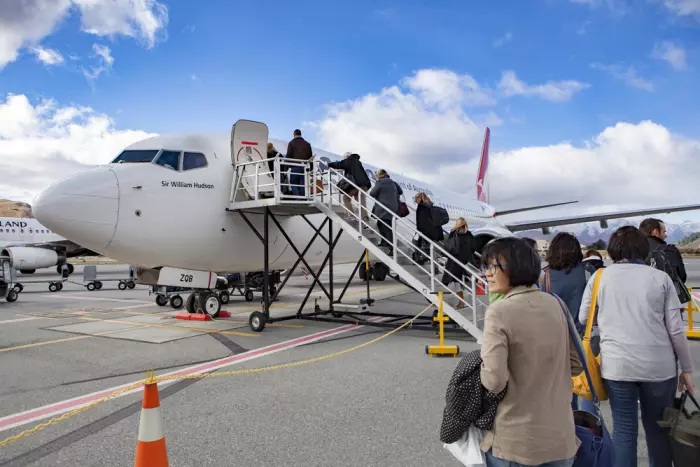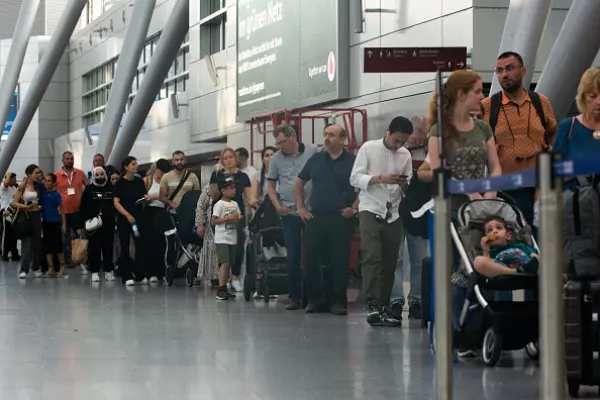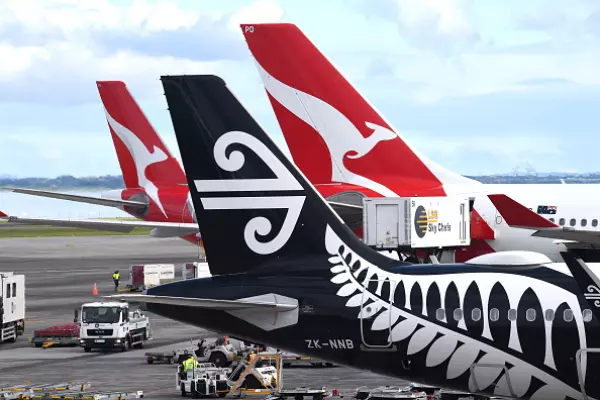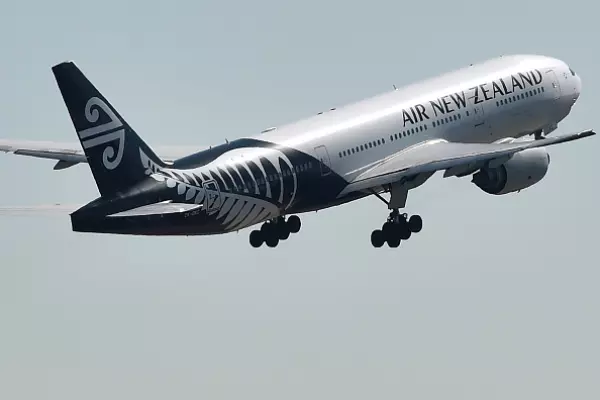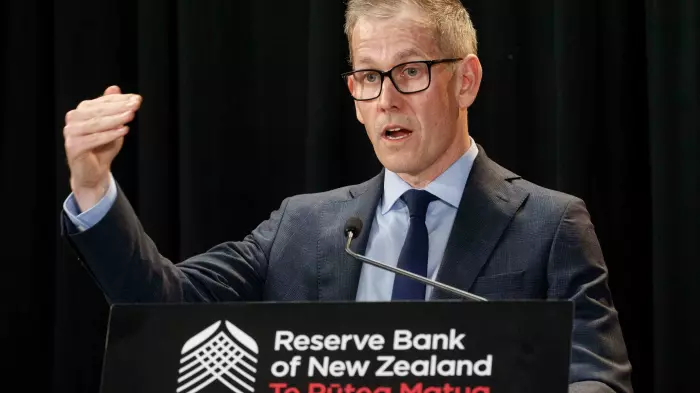The race to secure market share is on, as airlines prepare to come out of the freeze imposed by border restrictions.
Airlines around the world, particularly those that have had the benefit of substantial government grants, are preparing for a resurgence of demand.
This is particularly so in this part of the world, with Australia/New Zealand quarantine free travel to begin very soon. That will likely be followed, in short order, by Pacific Island and South East Asian travel freedoms.
In Australia, Virgin (under its new Bain Capital ownership) has just announced it is adding a further nine B737 aircraft to help it meet anticipated demand. It is a good time to add fleet. There are aircraft lessors out there prepared to do some great deals.
Crew training
Qantas has started preparing grounded aircraft for flight and is calling back aircrew. Its simulators are operating 24/7 to get furloughed pilots current again. Qantas boss, Alan Joyce, has indicated he will ramp up trans-Tasman services once border restrictions are gone.
The Australian government has announced a special aviation package to help airlines with aircraft commissioning and acquisition, and crew training. As well, it has provided a substantial fund to subsidise domestic airfares, giving operators like Virgin and Qantas an additional financial fillip.
It’s all going to be about securing market share when the trans-Tasman routes are operating restriction free.
The funding the Aussie airlines will receive, together with the financial position they already have, will give them frequency and pricing capability that will test Air New Zealand.
Qantas has already acted to squeeze Air New Zealand on the Australia-Norfolk Island routes.
Air New Zealand hasn’t been sitting on its hands though.
It has recently announced an Auckland-Hobart route and appears to have negotiated some financial support in Tasmania for that sector.
Fleet enhancement
Expanding a market with new routes is a useful move, but it’s a pity the Air New Zealand fleet doesn’t include some lower seat-capacity jets like the Airbus 220 or Embraer 195. They would be ideal for developing routes in the new world airlines are facing, just as the extended range Airbus 321 aircraft would be useful for sectors to places like Perth, Denpasar, and Honolulu.
Earlier this year, Air New Zealand said it had about $170 million cash left, and was expecting an ongoing cash burn of something in the order of $55m per month while borders remained closed. It also indicated it was well into that very expensive government loan it got last year, so new capital is important for its survival, let alone competitive ability.
The positioning of Virgin and Qantas, and the market pressures to emerge on border opening, show how important a successful capital raise is to Air New Zealand.
It needs new funding to help it meet the cost of getting idle aircraft back into the air, retraining recalled aircrew, and meeting the price expectations of travellers. It might also look to some fleet enhancement, although obtaining early delivery may be challenging as other airlines are already underway with re-equipment orders.
If Qantas and Virgin obtain market share at Air New Zealand’s expense in the early low-price forays, it won’t be easy to get it back. The game is clearly on.
We have seen Air New Zealand in a controlled descent. Let’s see how it goes on climb-out.
David Mackenzie is an aviation analyst and commentator


